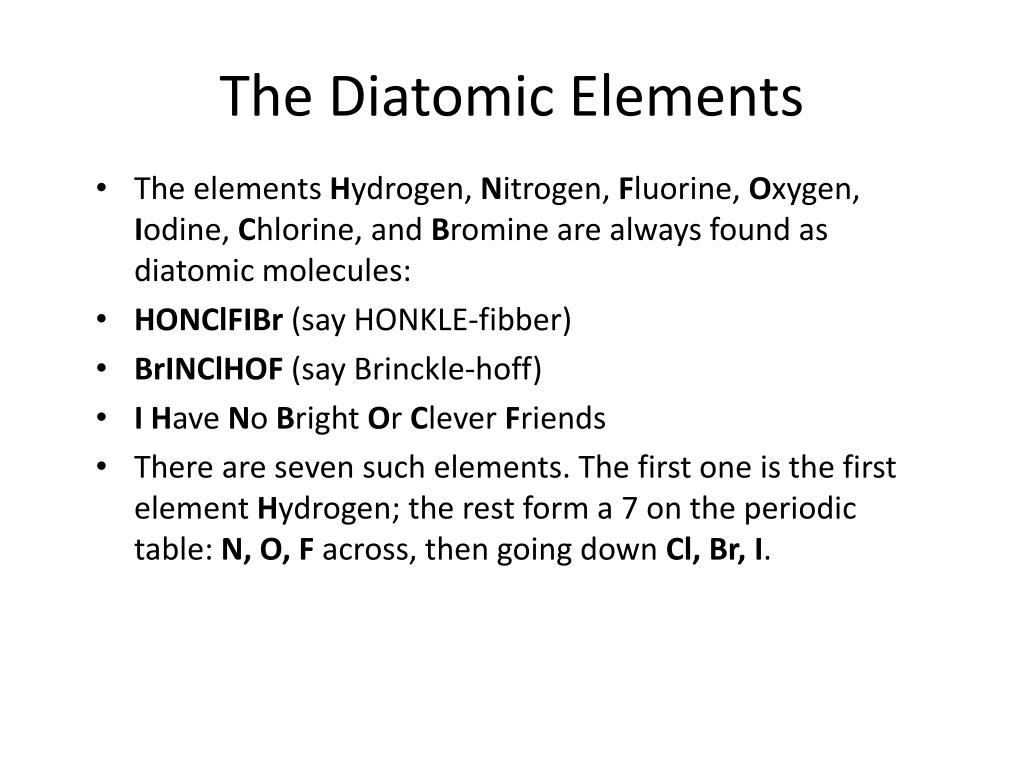

“ Triiodide.” An Overview | ScienceDirect Topics. The key difference between iodide and triiodide is that iodide is a single iodine atom having a -1 charge, whereas triiodide is a combination of three iodine atoms having a -1 overall charge. Iodide and triiodide are two types of anions of iodine. The following figure summarizes the difference between iodide and triiodide in tabular form. Moreover, while iodide forms light orange-brown aqueous solutions, triiodide forms red-brown aqueous solutions at high concentrations and yellow colour solutions at low concentrations. Similarities Between Iodide and Triiodide When considering other solutions containing triiodide anion, Lugol’s iodine solution and tincture of iodine solution contain a considerable amount of triiodide anion. Moreover, this anion is responsible for the blue-black colour that occurs when starch reacts with iodine solution. If the concentration is high, the solution appears in red-brown colour. When the triiodide ion is in low concentration in some aqueous solutions, the solution appears in yellow colour. However, when the triiodide anion is in ionic compounds, this bond length may vary accordingly. In this anion, the I-I bond length is longer than the I-I bond in the diatomic iodine compound. There are three equatorial lone electron pairs on the central iodine atom of this anion. Nitrogen triiodide and phosphorous triiodide contain nitrogen and phosphorous centres, respectively, where there are three iodine atoms attached to each centre, so we can name them as triiodide compounds. Moreover, this term can be used for compounds that contain three iodide centres that are not bound to each other but exist as separate iodide ions. The term triiodide is used to name other chemical compounds containing the triiodide anion as a common name. Due to the same reason, iodide is less hydrophilic than other small anions.įigure 02: Chemical Structure of Triiodide Anion Moreover, iodide forms comparatively weak bonds with opposite ions since it’s a large ion. Above all, iodide is the largest monatomic anion because it forms from the iodine atom that has a large atomic size comparatively. We name the chemical compounds consisting of this anion commonly as “iodides”. Accordingly, the chemical symbol of iodide is I –, and the molar mass of this ion is 126.9 g/mol. This anion forms when an iodine atom obtains an electron from the outside. Summary – Iodide vs Triiodide What is Iodide?

In order to better understand the protopypic structure of the diatomic heavy. These two ions usually exist together in aqueous solutions, having an equilibrium with the diiodide anion. The number of successful chargedensity studies involving iodine is small. The key difference between iodide and triiodide is that iodide is a single iodine atom having a -1 charge whereas triiodide is a combination of three iodine atoms having a -1 overall charge.


 0 kommentar(er)
0 kommentar(er)
